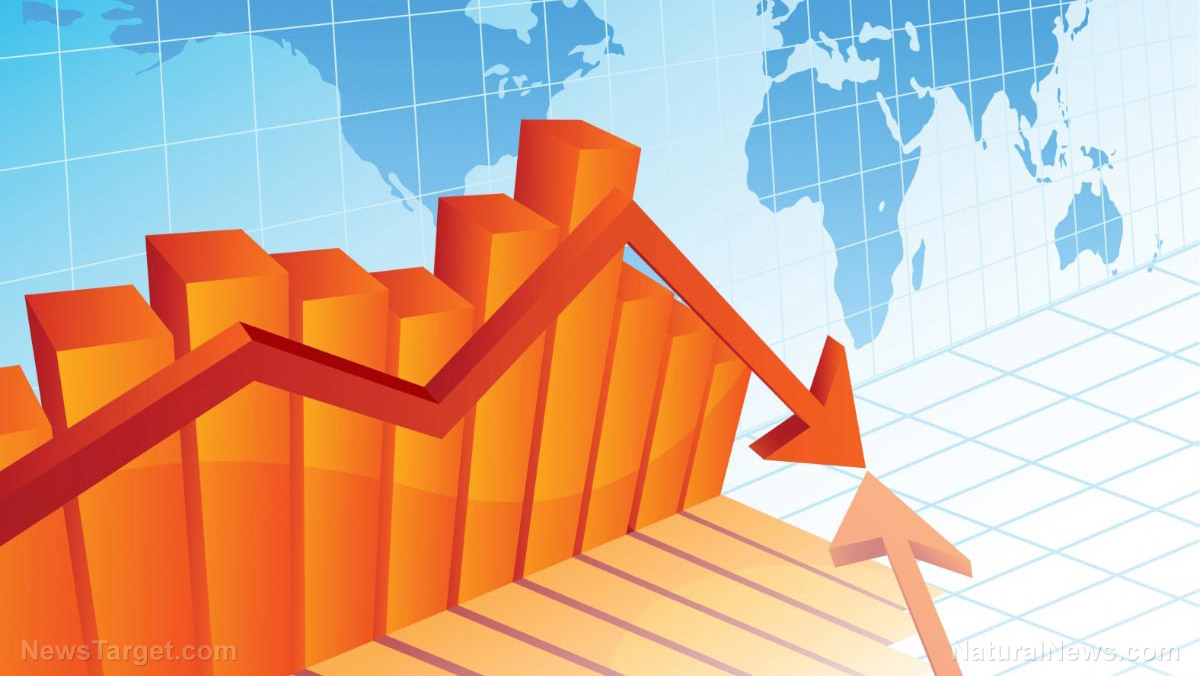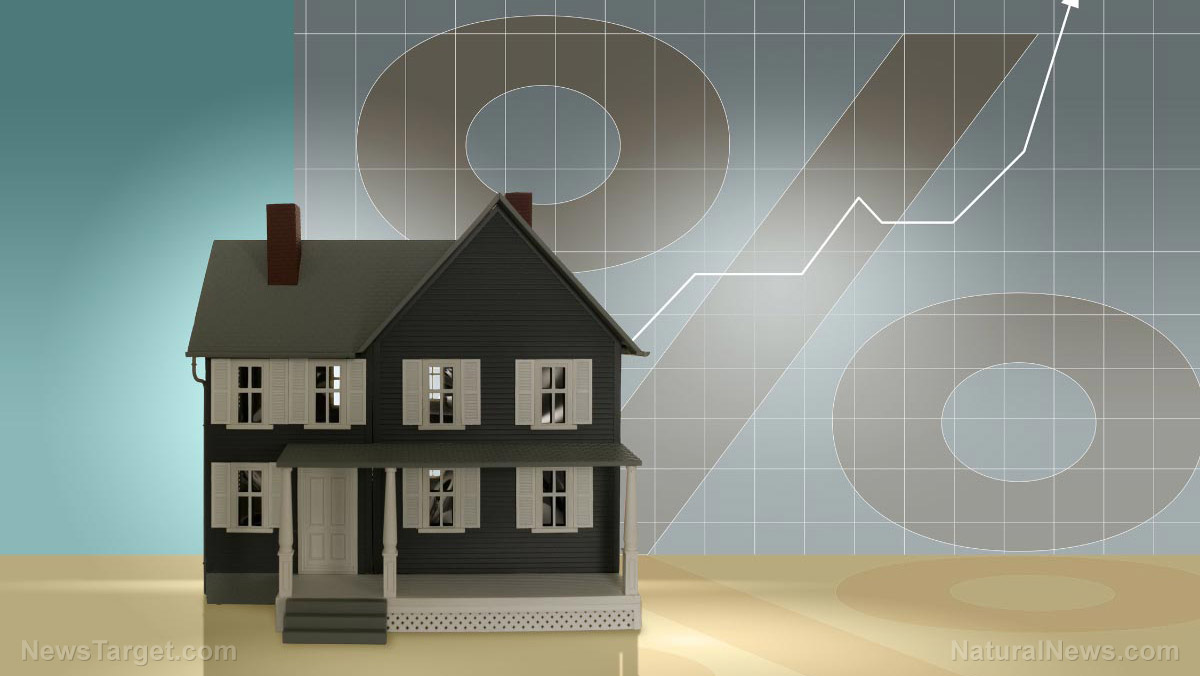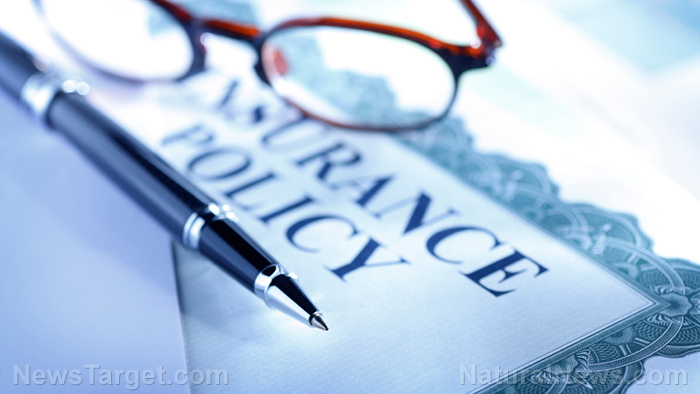Saudi Arabia’s Vision 2030 economic revival plan strains the kingdom’s finances amid delays, budget cuts and a growing government deficit
07/19/2024 / By Kevin Hughes

Crown Prince Mohammed bin Salman introduced Vision 2030 – his blueprint for a life after oil – eight years ago. Now, the economic revival project has strained the kingdom’s finances amid delays, budget cuts and the government’s growing deficit.
With the government’s budget in deficit for six consecutive quarters, Saudi Arabia has become the largest issuer of international debt in emerging markets. And its decision to cut oil production with other OPEC+ members in 2023 has failed to boost export revenues considerably.
The Middle Eastern country’s oil earnings have fallen about one-third from 2022 levels when Brent crude averaged almost $100 a barrel in the aftermath of Russia’s special military operation in Ukraine.
And that is pressing hard upon the kingdom’s overall economic stability as it continues spending on the crown prince’s enormous projects, which include the futuristic planned city of Neom, new tourist resorts, the establishment of sporting leagues and multimillion-dollar athletes and investments in artificial intelligence.
Neom, which is being made on the Red Sea coast, is expected to be allotted a budget 20 percent smaller than was intended, and plans to start a new airline for the area have been postponed amid cost-cutting measures. (Related: Saudi Arabia to build futuristic oasis of Neom in a bid to move beyond oil.)
Other developments being reduced include Qiddiya Coast, an undeclared tourism and entertainment project in Jeddah on the Red Sea that had a possible budget of $50 billion.
Vision 2030 projects cost an estimated $1.25 trillion
The cuts mark a change in priorities for Saudi Arabia, which has declared a series of projects costing an estimated $1.25 trillion under its Vision 2030 plan to radically shift the petrostate’s economy away from its overreliance on oil.
Lower oil prices, weaker-than-projected foreign investment and three more years of deficits in the national budget mean it must now decide what to concentrate on first and at what pace.
“The vision is facing a test of reality and there are adjustments being taken,” said Jean-Michel Saliba, Bank of America’s Middle East and North Africa economist. “It is a sign of maturity. I don’t think it’s a sign that the vision is being derailed.”
Goldman Sachs Group Inc. discovered that Saudi Arabia’s sovereign-risk score – a measure that takes into consideration financial and governance metrics – worsened the most after Israel among emerging markets during the first six months of the year.
Justin Alexander, director of Khalij Economics and an analyst for GlobalSource Partners, said: “My biggest concern is that the rise in expenditure leads to substantial deficits that are structural, rather than temporary or cyclical.”
Increasing debt recaps the changes in Saudi finances over the past 10 years.
While still low by international standards, the share of government debt to economic output has grown from 1.5 percent in 2014 and is on target to surpass 31 percent toward the end of the decade, as stated by the International Monetary Fund.
Saudi Arabia could draw more investigation in the bond market and from credit rating corporations if the ratio “creeps up more rapidly than forecast,” said Alexander.
The government and other Saudi entities have made over $46 billion in dollar and euro bonds so far this year. “The fiscal deficits will have to continue being funded by both external issuance on the Eurobond front and domestic issuance,” stated Carla Slim, an economist with Standard Chartered.
As stated by Jim Krane, a fellow at Rice University‘s Baker Institute for Public Policy in Houston, the Saudi government has the resilience to lower or postpone investments in its so-called giga-projects.
“Since there’s no organized political opposition, there is little harm in scaling back or even making a dramatic U-turn on your 10-year development plan,” said Krane.
Follow Collapse.news for more stories about the economic condition of different countries around the world.
Watch the video below about Neom, Saudi Arabia’s $500 billion futuristic city in the desert.
This video is from the jonastheprophet channel on Brighteon.com.
More related stories:
Saudi Arabia VIOLENTLY EVICTED thousands to make way for its “green” city Neom.
Saudi Arabia threatened to sell European debts if G7 confiscates Russian assets.
Saudi Arabia, UAE and Iran among six countries invited to join emerging BRICS global superpower.
Sources include:
Submit a correction >>
Tagged Under:
big government, Bubble, Collapse, debt bomb, debt collapse, economic collapse, economic revival, economic riot, economics, economy, finance riot, government debt, government spending, market crash, Mohammed bin Salman, money supply, national debt, oil, risk, Saudi Arabia, Vision 2030
This article may contain statements that reflect the opinion of the author
RECENT NEWS & ARTICLES
COPYRIGHT © 2017 PENSIONS.NEWS
All content posted on this site is protected under Free Speech. Pensions.news is not responsible for content written by contributing authors. The information on this site is provided for educational and entertainment purposes only. It is not intended as a substitute for professional advice of any kind. Pensions.news assumes no responsibility for the use or misuse of this material. All trademarks, registered trademarks and service marks mentioned on this site are the property of their respective owners.




















